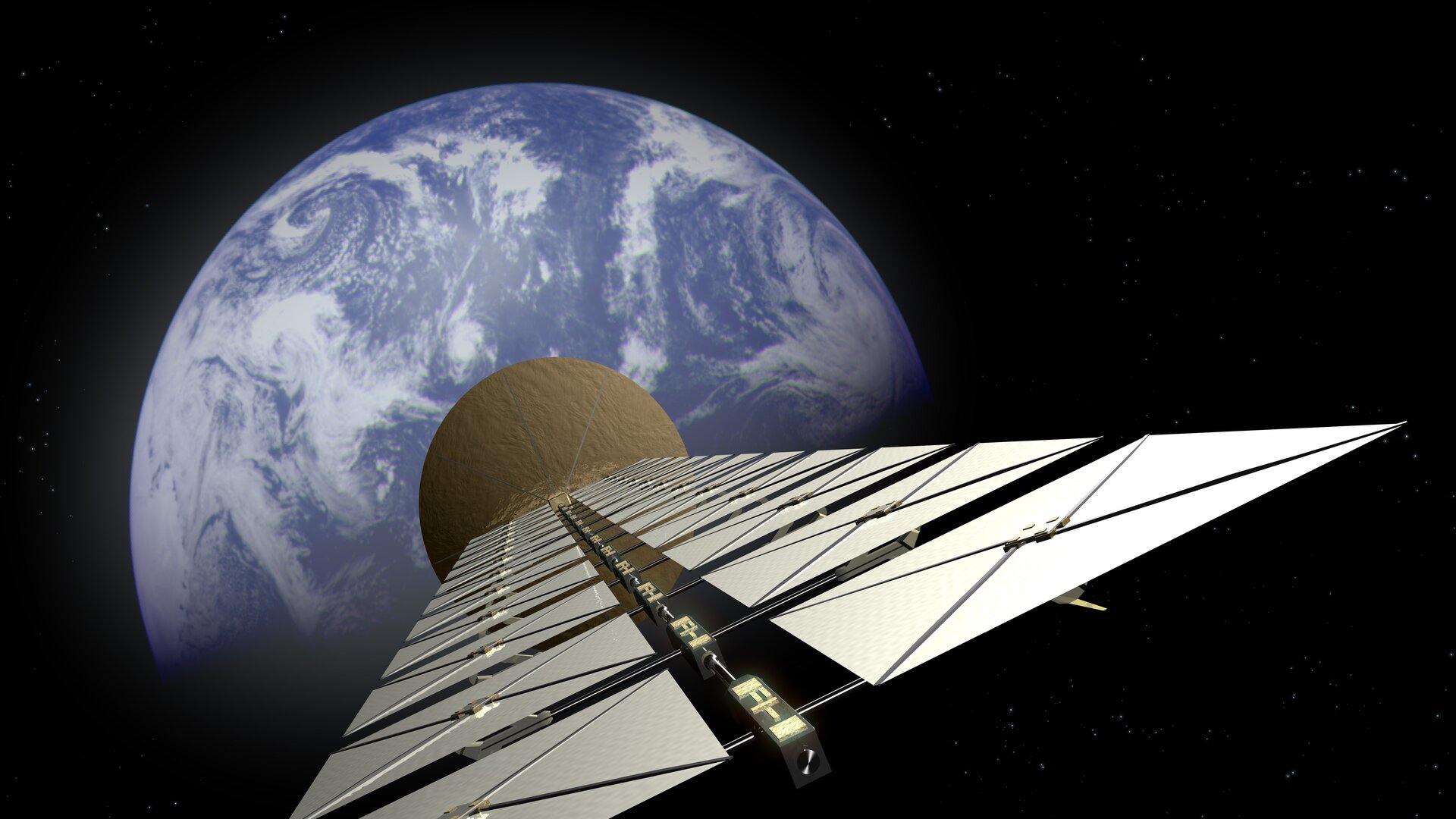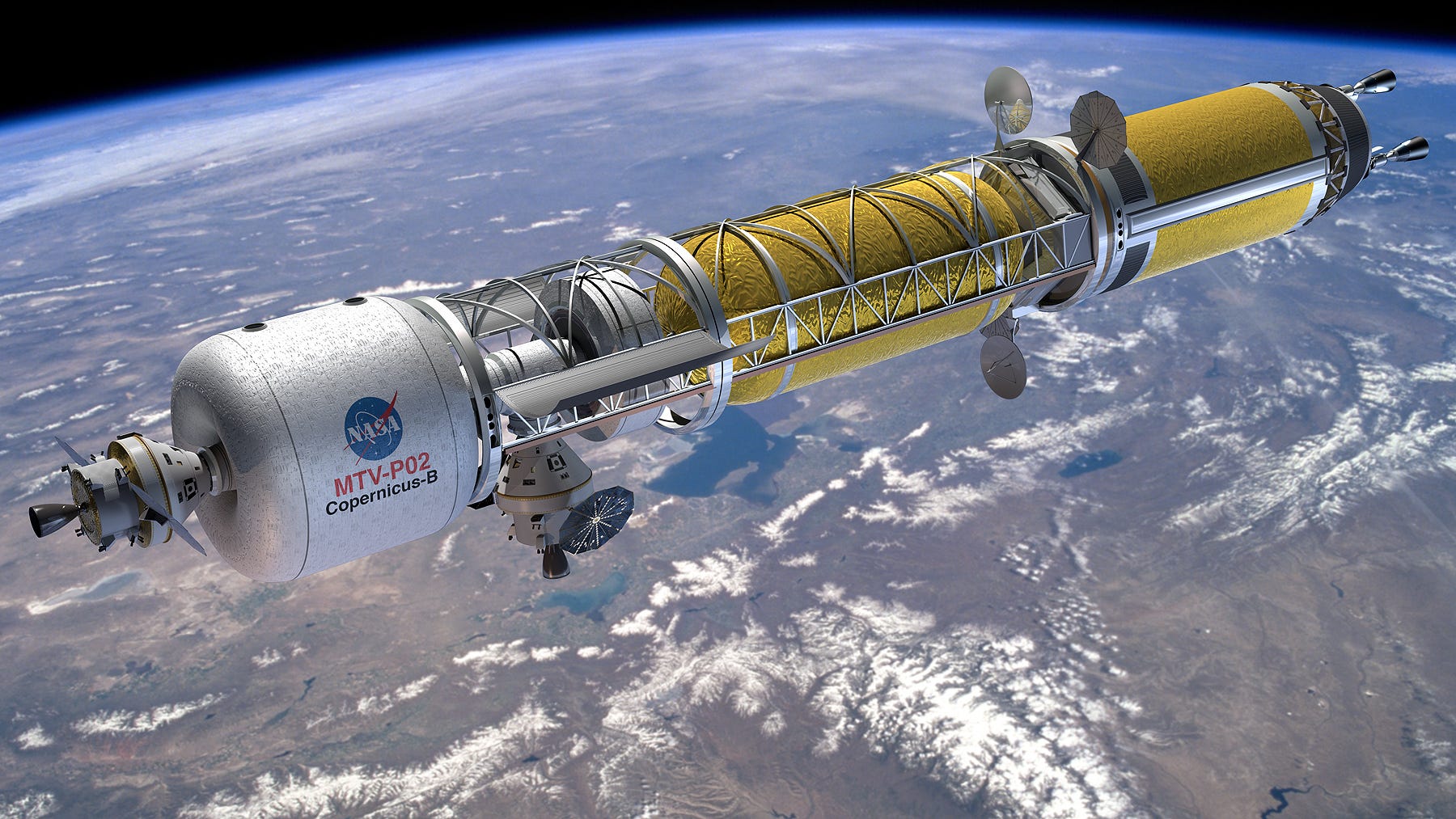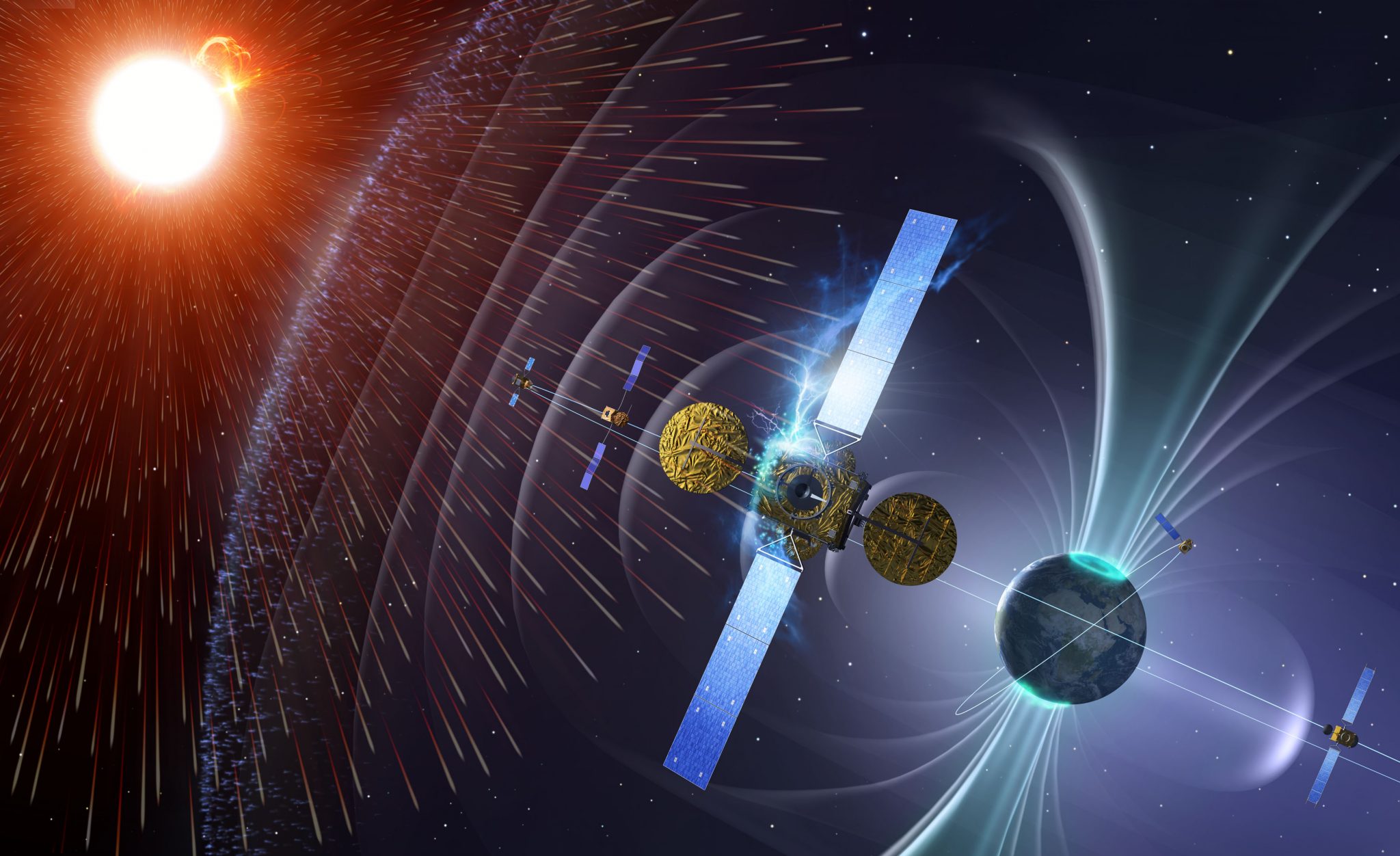Space exploration is advancing at a rapid pace with new technologies being developed all the time. From propulsion systems to telescopes these innovations are helping us to discover more about our universe and expand our knowledge of the cosmos. In this article, we will explore 5 insane space technologies that will blow your mind.
Introduction
For many people, space exploration has long held interest. The idea of traveling to other planets discovering new forms of life, and expanding our understanding of the universe is thrilling. Over the years scientists and researchers have developed a wide range of technologies to help us explore space. In this article we will explore some of the most amazing space technologies that will leave you in awe.

Ion Propulsion Engines
Ion Propulsion Engines
For space travel a brand-new class of propulsion technology called ion propulsion engines is being developed. Unlike traditional chemical rockets, which burn fuel to generate thrust, ion engines use electricity to accelerate ions (charged particles) to produce thrust. This technology is incredibly efficient and can generate thrust for much longer periods than traditional rockets.
Deep space exploration is one of the most fascinating uses for ion propulsion systems. Traditional rockets are not well suited for long journeys into deep space as they require large amounts of fuel and are not efficient enough to travel long distances. Ion engines on the other hand, are much more efficient and can generate thrust for months or even years at a time. This makes them ideal for long-distance space missions.

Space-Based Solar Power
Space-Based Solar Power
A technique called space-based solar power has the potential to completely alter how we produce electricity on Earth. The main concept is to install large solar panels in orbit and use microwaves or other electromagnetic radiation to return the energy to Earth. The advantages of space-based solar power are many. For one solar panels placed in space would be able to generate much more energy than those on Earth, as they would not be subject to atmospheric interference or seasonal variations. Additionally the energy generated by space-based solar power could be transmitted to any part of the world eliminating the need for expensive and environmentally damaging power grids.

James Webb Space Telescope
Next-Generation Space Telescopes
Next-generation space telescopes are another area of space technology that is advancing rapidly. These telescopes are designed to be much more powerful than current models, allowing us to see further into space and observe more distant objects.
One of the most exciting next generation space telescopes is the James Webb Space Telescope (JWST) which is set to launch in 2021. The JWST is designed to be much more powerful than the Hubble Space Telescope which has been in operation for over 30 years. It will be able to observe the universe in the infrared spectrum, allowing us to see further into space than ever before.

Nuclear-Powered Rockets
Nuclear-Powered Rockets
Nuclear-powered rockets are another area of space technology that is being developed for future space missions. These rockets would use nuclear reactions to generate the energy needed for propulsion, making them much more efficient than traditional rockets.
The advantage of nuclear-powered rockets is that they can generate much more thrust than traditional rockets, allowing for faster and more efficient space travel. Additionally, they can operate for much longer periods than traditional rockets, making them ideal for deep space missions.

3D Printing in Space
3D Printing in Space
3D printing is a technology that is being used more and more in space exploration. The basic idea is to use a 3D printer to create objects in space, rather than bringing everything we need from Earth. This technology has the potential to revolutionize space exploration, as it would allow us to create everything from tools to habitats using only the materials available in space.
One of the most exciting applications of 3D printing in space is for creating habitats on other planets. Instead of having to transport building materials from Earth, we could use the resources available on other planets to create habitats for astronauts. This would make long-term space missions much more feasible, as we would not have to rely on Earth for supplies.
Conclusion
The advancements in space technology are truly mind-boggling. From ion propulsion engines to 3D printing in space, these innovations are pushing the boundaries of what we thought was possible. As we continue to explore the cosmos, it is exciting to think about what new technologies will be developed in the years to come.
FAQs
1. What is an ion propulsion engine?
An ion propulsion engine is a type of propulsion system that uses electricity to accelerate ions to produce thrust.
2. What is space-based solar power?
Space-based solar power is a technology that involves placing solar panels in space and transmitting the energy back to Earth using microwaves or other forms of electromagnetic radiation.
3. What is the James Webb Space Telescope?
The James Webb Space Telescope is a next generation space telescope that is set to launch in 2021. It is designed to be much more powerful than the Hubble Space Telescope.
4. What are nuclear-powered rockets?
Nuclear-powered rockets are rockets that use nuclear reactions to generate the energy needed for propulsion.
5. What is 3D printing in space?
3D printing in space is the use of a 3D printer to create objects in space, rather than transporting everything from Earth.

Comments
Post a Comment